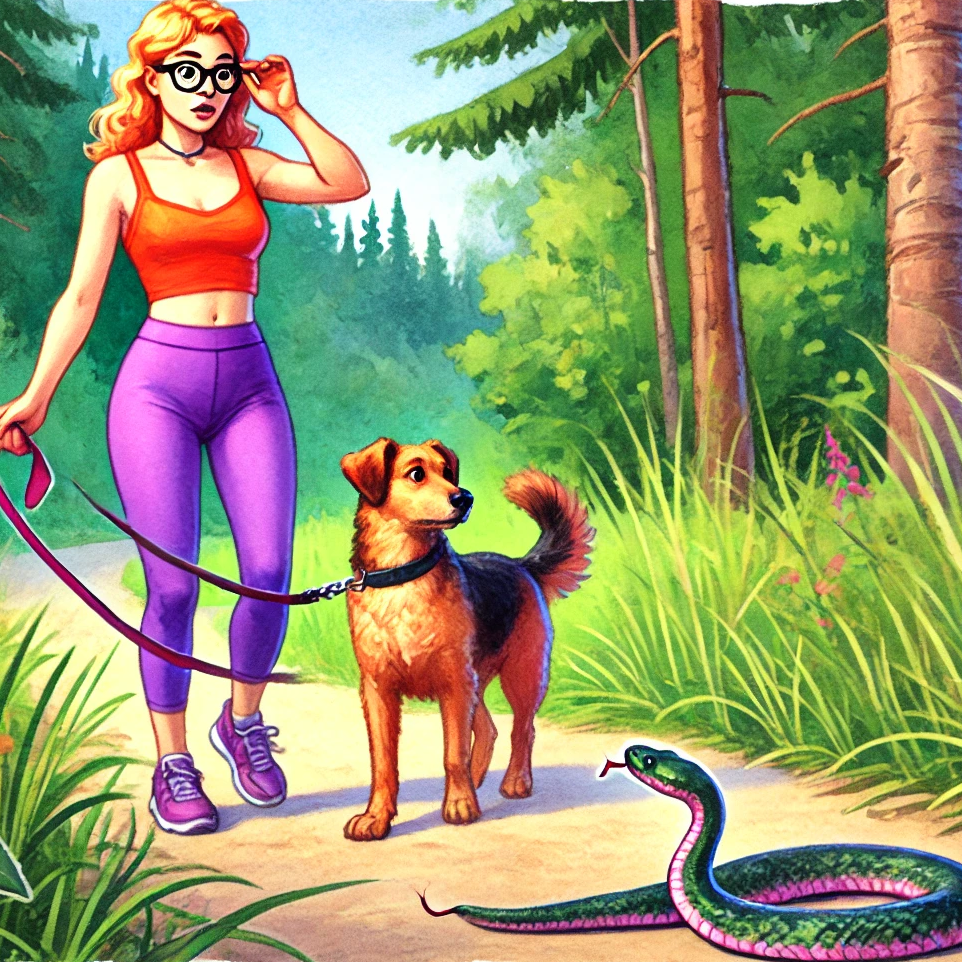Don't leave your dog in the car: a warning about the summer heat

The deadly heat in the car
How quickly does it get hot?
In warm temperatures, a car can turn into a real oven in just a few minutes. Even at outside temperatures of 20 degrees Celsius, the inside temperature of a parked car can rise to 27 degrees within 10 minutes and reach 36 degrees within 30 minutes. On particularly hot days with an outside temperature of over 30 degrees, temperatures inside the car can even exceed 50 degrees. These extreme temperatures are life-threatening for dogs.
Dogs and their temperature regulation
Dogs regulate their body temperature differently to us humans. While we give off heat by sweating, dogs can do this mainly by panting and through their paws. In a hot car, however, panting is often not enough to lower the body temperature. This can quickly lead to heatstroke, which can be fatal for your dog.
The shady parking lot fallacy
You may think it's safe to leave your dog in a car when it's parked in the shade. But remember: the sun moves throughout the day, and the shady parking lot can turn into a sunny spot in a matter of minutes. Within a short space of time, the temperature in the car can rise dangerously.
Why an open window is not enough
Another misconception is that it is enough to open the windows a crack. However, this does not provide enough air circulation to keep the car cool. The temperature inside will continue to rise rapidly and your dog can still suffer heatstroke.
Symptoms of heatstroke
It is important to know the signs of heatstroke so that you can act quickly in an emergency. Look out for the following symptoms:
- Heavy panting and excessive salivation
- Restlessness and disorientation
- Weakness or collapse
- Dark red or bluish tongue and mucous membranes
- Vomiting and diarrhea
If you notice these signs in your dog, you must act immediately.
First aid for heatstroke
If your dog shows signs of heatstroke, quick action is vital:
- Cool down immediately: Move your dog to a cool place immediately.
- Offer water: Give your dog lukewarm water to drink, but don't force him to drink if he doesn't want to.
- Cool down: Gently cool your dog with damp cloths, especially on the head, paws and belly. Do not use ice cold water as this can cause shock.
- See a vet: See a vet as soon as possible, even if your dog seems to have recovered.
Alternatives: How to avoid the risk
There are various alternatives to prevent your dog from getting into such a dangerous situation in the first place:
Take your dog with you
It's best not to leave your dog alone in the car in the first place. Many stores now allow dogs or even have special areas where dogs are welcome. Take a look at our map to find such places.
Planning is everything
Plan your errands so that you don't have to make long stops where your dog has to stay in the car. Sometimes it's also an option to run errands at cooler times of the day, such as early in the morning or late in the evening.
Organize dog care
If you know you'll be away for a long time and can't take your dog with you, organize childcare for him. Ask friends, family or use professional dog-sitting services.
What to do if you see a dog in a hot car?
It can be extremely distressing to see a dog in an overheated car. Here are some steps you can take as a bystander to help:
1. assess the situation
Assess the situation and check if the dog is showing signs of stress or heat stroke. Look for heavy panting, exhaustion or disorientation.
2. locate the owner
Try to find the owner of the vehicle quickly. Ask at nearby businesses or buildings if anyone knows the car and make an announcement.
3. call the police or animal welfare
If the owner cannot be found and the dog is obviously suffering, do not hesitate to contact the police or the local animal welfare organization. Give the license plate number of the vehicle and the location.
4. take emergency measures
If the situation is extremely critical and the dog's life is in imminent danger, you can consider taking legal action. In Germany, it is permitted under certain circumstances to break a window to save an animal's life. Document the situation with photos or videos and inform the police immediately about your actions so that you are not held responsible for the damage to the vehicle.
5. provide first aid
Once you have freed the dog from the car, immediately bring it into the shade and offer it water. Cool it carefully with damp cloths and contact a vet for further instructions.
By acting prudently and decisively, you can save the life of a dog trapped in a hot car. Your commitment can make all the difference.
For Tesla owners: The dog mode
For all Tesla drivers, there is a special feature that can minimize the risk of heatstroke for dogs: the so-called Dog Mode. This innovative feature was developed to keep the temperature in the car at a comfortable level while you run short errands. When Dog Mode is activated, the air conditioning remains switched on and keeps the interior temperature constant. A message is also shown on the large display in the car, informing passers-by that your dog is safe and the air conditioning is running.
Despite this advanced technology, Dog Mode should not be seen as a permanent solution. It can help if you are really only away for a very short time, but don't rely on it completely. Plan your errands carefully and consider the alternatives described to ensure your dog is always safe and sound. Dog Mode is a great innovation.
Conclusion
Your dog relies on you to protect him and look after his welfare. Never leave him in the car when it's hot - the risks are simply too high. With a little planning and caution, you can make sure your four-legged friend enjoys the summer safely and happily. Stay cool and have a great summer together!
More articles for you
Contact form problem fixed
Unfortunately, our contact form has not worked as desired in recent weeks. 😔 Due to an error in the spam detection, normal messages were also incorrectly filtered out.Read moreDangerous encounter: What you should do if your dog is bitten by a snake
It's every dog owner's nightmare: you're out in nature with your four-legged friend, he's sniffing the ground curiously, and suddenly you hear a hissing sound. Before you know it, your dog flinches and you recognize the signs of a snake bite. But don't panic! In this article, you will learn how to…Read moreWhat you should know about cherries for dogs
You may have heard that cherries are good for your health. They contain lots of vitamins, antioxidants and fiber, which can strengthen the immune system and aid digestion. But are cherries also suitable for dogs? And if so, how much and in what form should you offer them to your four-legged friend?…Read more


